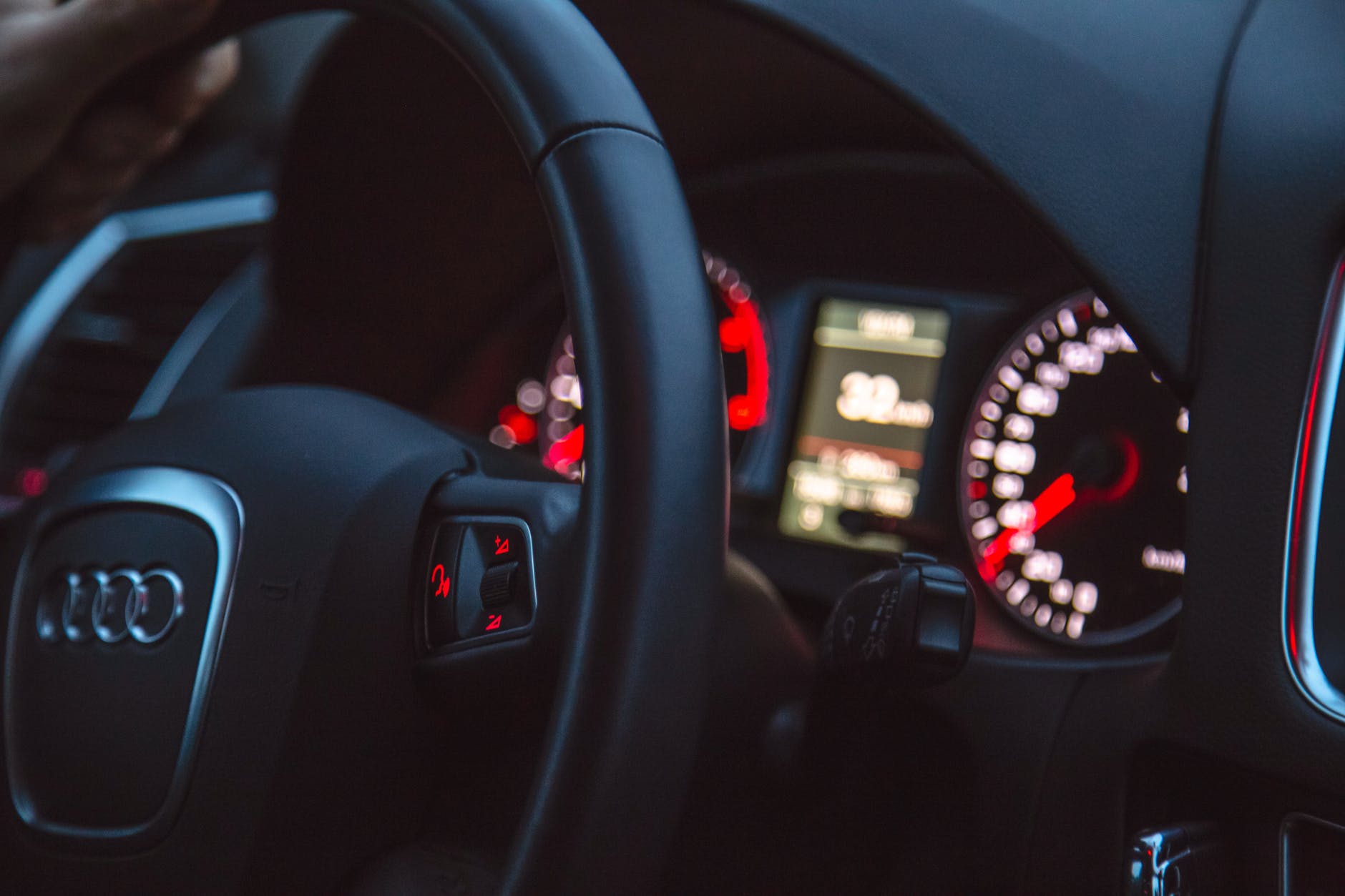How Many Autonomous Cars Will be on the Road in 2025?
Cars in the future are going to be profoundly different from the cars of today in terms of their technology, their manufacturers, and also their customers. The cars of 2025 have an immense focus on green technologies, automation, convenience, and safety. Of all the emerging trends, self-driving cars will be the biggest of all.
The utopia of autonomous cars is not a dream anymore. Over the last few decades, companies both inside and outside the industry are working on autonomous features and macro-economic trends like ‘smart mobility’ and ‘smart cities’ already factor in autonomous mobility solutions in their models.
Automation Assistance
The first autonomous cars were not driving on their own, as one would presume. They were having essential ‘safety and driving assistance’ features like cruise control, automatic braking, lane centering, etc (level 2 & 3 of the automaton). In general terms, it enables the vehicle to be aware of its surroundings, which is pretty remarkable in itself. The driver was still in control, but one or many autonomous functions were at play. Players like Mercedes, Audi, General Motors, Ford and Nissan were amongst the first to pioneer in these technologies. Tesla’s ‘Autopilot’ and Audi’s ‘Audi A8’ are two remarkable examples of level 2 and 3 automation.
An expected count of over 94 million autonomous cars was sold globally in 2017. That accounts for almost 8.5% of total car sales in the world; almost 8 million cars on the road in less than a decade is beyond what the operators would have ever imagined.
Semi-Automation
What follows is vehicles with ‘high/semi-automation’ capabilities where primary control is officially turned over to the system of the car. The driving is under controlled conditions, and the driver can take over in case of emergencies. Many car manufacturers are already on the way towards testing level 4 vehicles like the test fleets from Waymo-Ford, Cruise automation technology by General Motors, among others. Market predictions say that commercial Level-4 vehicles will hit the mass market in 2020-2021.
The Final Lap – Autonomous Cars
Today, manufacturers are fighting to win the race of the future of automated cars– ‘fully automated cars (level 5). Even technology giants like Google, Microsoft and Apple are creating and testing their self-driving systems. These systems will transform automation into a service, where car owners summon their cars, complete their chores and are dropped back home.
Ford, General Motors and Tesla are looking at deploying their fully autonomous trials in 2021. As soon as their biggest hurdle, safety, is taken care of, they can look at incorporating these systems into the entire mobility ecosystem. If this becomes a reality, the growth of 8 million purchases in over a decade is expected to multiply 10-fold in the same period.
The future of Autonomous Cars
Many hurdles stand in the way of successfully creating a fully automated car, like weather unpredictability, electronic malfunction, and road traffic scenarios. They raise concerns about the safety of drivers and other vehicles on the road. Once these hurdles are overcome, the potential of this technology is vast; commercial vehicles, defense technologies, public transportation systems, and many more. Uber has already been testing the feasibility of this solution in its business model of ride-sharing in the U.S.
Despite the looming uncertainties, facts show that 80% to 90% of self-driving vehicles perform their functions optimally. The anomalies are very low, and the potential is very large. With mass production by manufacturers and regulatory support by state administrations, we would be transitioning to the next phase of mobility by 2025.

